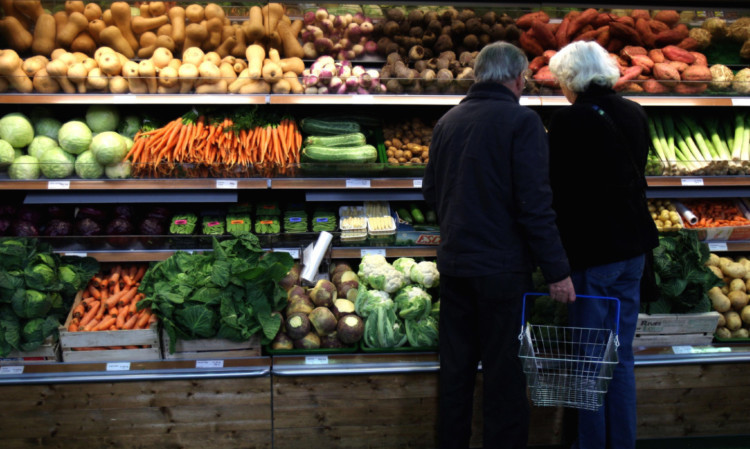The total amount spent on Scotland’s high streets fell 2.5% last month, according to better-than-expected figures published by the Scottish Retail Consortium.
Statistics unveiled today show food sales fell 3.5% compared to the same month last year, while clothing and other non-food items dropped back by 1.8%.
But the falls weren’t as severe as some analysts had expected, given the timing of the Easter break. Last year the holiday fell on March 31, while last week’s 2014 instalment was very late in the year.
SRC director David Lonsdale said shopkeepers would be hoping to see more evidence of loosening purse strings when figures for April are revealed
“Although these figures show a decline, they are stronger than expected given the fact that Easter will fall so late this year,” he said, highlighting a “particularly strong” demand for fashion and footwear.
“Unsurprisingly compared to last year, categories that perform strongly over the extended Easter break have seen lower sales.
“Household accessories and furniture are often key purchases over the holiday, and have seen a decline. In line with the rest of the UK, food sales are affected by the intense competition within this category.
“These results follow a strong start to the year in January, but retailers will be looking forward to April’s results to see how this balances out over the period.”
But he said retailers would be in a positive frame of mind after being buoyed by news that average wage inflation had caught up with price inflation for the first time in nearly six years.
“The crucial factor is whether this trend will continue and also translate into higher levels of confidence and more transactions,” he added.
On a like-for-like basis, which strips out the effect of new store openings, sales fell 3.8% with food sales down by more than 5%.
But when shop-price deflation is taken into account, sales were down only 0.8% on March last year despite the timing of Easter.
David McCorquodale, head of retail at survey partner KPMG, warned that Scots will remain shy of “big-ticket” buys until the economic recovery is more firmly entrenched north of the border.
“The weather this year has been kinder and more spring-like compared with the icy blasts of last year, which has meant that clothing and fashion retailers have fared better in the first quarter of 2014 compared with last year,” he said.
“In the other non-food categories, such as furniture, flooring and household goods, we will have to wait for Easter trading to see if there is a real uptick in these categories but I fear that the Scottish consumer will wish to have harder evidence of house price rises than indicators from the south east of England before big ticket expenditure in Scotland sees a noticeable recovery,” he said.
Scots are proving more canny when it comes to spending on necessities, he added, with evidence they are spending less suggesting cutbacks or the targeting of discount groceries.
